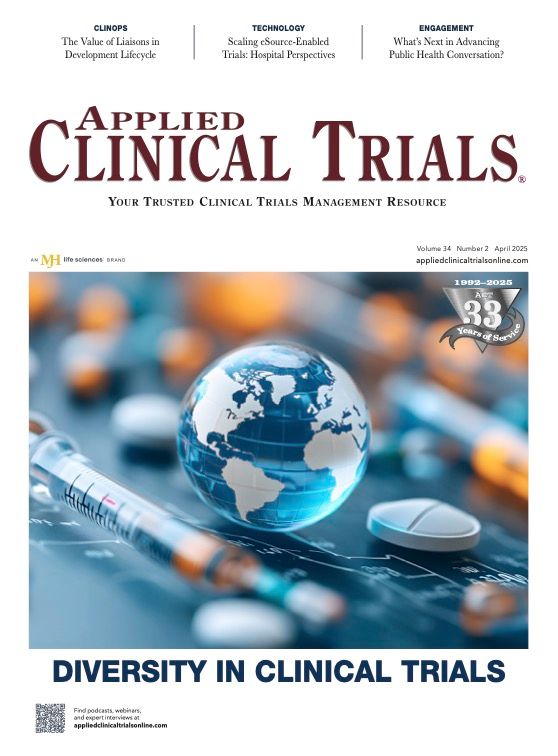Tapping the Patient Voice as a Strategic Differentiator
The future of clinical trial design involves incorporating the patient experience into strategic asset planning.

As a patient advocate and caregiver, I’m excited and bullish about the significant progress our industry has made toward patient-focused drug development. I often talk to sponsors who are forging relationships with patient advocacy groups, and they understand that patients’ lived experiences are an essential part of delivering clinical trials. Even with this meaningful advancement, I challenge them to be relentless in engaging and integrating patients into every aspect of the clinical study process.
First, I firmly believe that patients need to have a literal seat at the table at every stage of drug development, so their voice is represented —from proposal to protocol, from recruitment to reporting, and from screening to submission. If we look at other industries—banking or consumer electronics, for example—they invest heavily in user design and user experience because they recognize it provides a competitive advantage, increases customer satisfaction, and leads to repeat sales and referrals. We need to apply this same emphasis in clinical trial design where the impact on human health is even greater.
In my role and experience at Parexel, when we sit down with our sponsors, we look at priority indications and therapeutic areas and talk about the patient advocacy groups that can best bring their perspectives in as part of the strategy from the very beginning. We are seeing how this proactive approach translates into better study conduct, better enrollment, and greater trial efficiencies. This upfront investment in incorporating the patient voice provides sponsors the assurance and protection against future, costly changes, including protocol amendments, redesigned recruitment approaches, and other rescue tactics.
The inclusion of diverse patient populations is an essential element in ensuring scientific rigor and effective conduct of clinical trials. The more that clinical trial patients can accurately reflect the real patient population burdened by a disease, the better we can ensure that the treatments are effective for the patients and individuals who need them. Inclusive trial design is key to patient-focused drug development.
Finally, engaging with patients where they are continues to be a challenge we need to overcome. Clinical trials can be overwhelming, even for patients who are experienced in navigating healthcare. If a patient is intimidated by the system, they are not likely to walk into a medical center and ask about study opportunities. They do, however, have relationships with their physician, community hospitals, support groups, religious organizations, barbershops, salons and recreational sports teams. This provides an opportunity for us to infuse information about clinical trials as a care option into these community groups and settings.
Patients are people first, so educating the general population about clinical research before trials are needed will make a definite impact. Social media, for example, is an excellent tool for community outreach and patient engagement. Advocacy groups have demonstrated the creativity involved in developing these bite-sized chunks of information. Diagnoses are scary and any efforts to educate or raise awareness about treatment options in a warmer, more approachable way will increase the likelihood of people taking charge of their health and asking their doctor about a clinical trial.
My hope for the future of patient engagement is that we further incorporate the patient voice into strategic asset planning. Having a patient contribute their experiences and be a decision-maker in the design of a clinical trial will only improve the clinical trial experience for the next person—ultimately expanding access to clinical trials as a care option. Patients want to be part of making a difference, and their involvement in the clinical trial process is one way to make a meaningful impact on the future of research and other patients’ lives.
Stacy Hurt is Chief Patient Officer at Parexel

Reaching Diverse Patient Populations With Personalized Treatment Methods
January 20th 2025Daejin Abidoye, head of solid tumors, oncology development, AbbVie, discusses a number of topics around diversity in clinical research including industry’s greatest challenges in reaching diverse patient populations, personalized treatment methods, recruitment strategies, and more.
What Can ClinOps Learn from Pre-Clinical?
August 10th 2021Dr. Hanne Bak, Senior Vice President of Preclinical Manufacturing and Process Development at Regeneron speaks about her role at the company as well as their work with monoclonal antibodies, the regulatory side of manufacturing, and more.